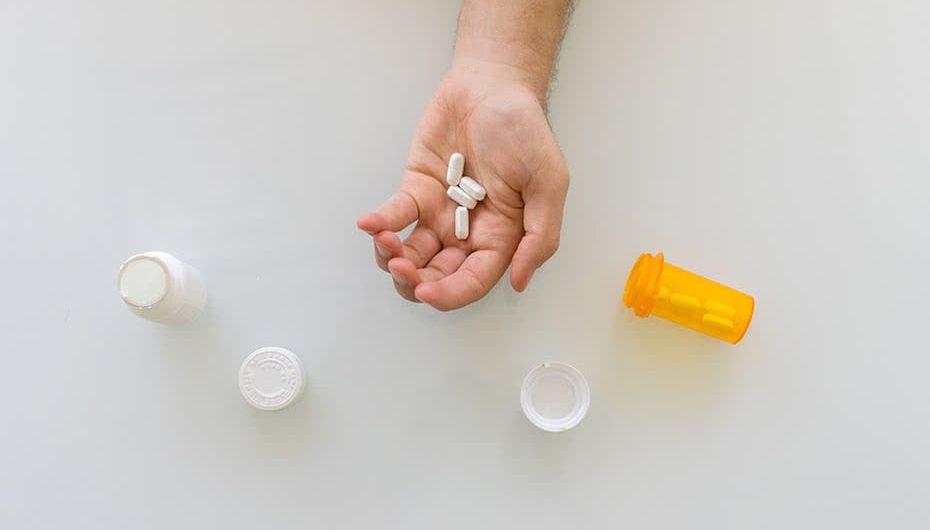Addiction is a worldwide issue that destroys people’s lives on a daily basis. Addiction can manifest in many forms such as behavioral, alcohol, illicit drugs including prescription drugs. The reality is that many are unable of seeing their prescription drug use progress to addiction until they are in the grips of it. Prescription drugs are the second most common drug abused following marijuana. The level of emotional turmoil that prescription drug addiction can cause may make the addict feel hopeless and recovery unobtainable. However there is hope through prescription drug treatment. The availability, variety, and success of prescription drug rehabs continue to advance.
Prescription Drug Abuse
The potential to develop a dependency or addiction to prescription drugs is extremely high. Prescription drugs are a controlled substance, due to the risks of abuse, overdoses, and addiction. The growing number of new prescription drug abusers is alarming. Adolescents age 12 and up are increasingly being exposed to prescription drugs. Many teens begin abusing prescription drugs for recreational use, and generally are unaware of what prescription drug abuse can lead too. Prescription drugs that are continuously being abused vary.
Common Prescription Drug Addictions:
- Vicodin
- Codeine
- Demerol
- Dilaudid
- Morphine
- Oxycontin
- Percocet
- Xanax
- Valium
- Aderrall
Steroids, mental disorder medications, and additional prescription painkillers can also be abused. Of the prescription drugs being abused, opioid based painkillers are amongst the highest. Particularly because they are depressants that the body can potentially build a tolerance too. Additionally they are commonly prescribed for pain management for many illnesses and injuries. Prescription drug addiction is a progressive cycle that can be classified as a disease. The initial use of prescription drugs may vary, however the turmoil of addiction is common and prescription drug addiction rehab can be a successful solution.
Prescription Drug Rehab: Detox
Many prescription drugs have debilitating withdrawal symptoms. Many suffering addicts are stuck in the cycle of trying to prevent the agonizing withdrawal symptoms. Failed attempts of quitting are common during the detox period. Prescription drug addiction rehab facilities often offer a prescription drug detox. A prescription drug detox is monitored for a safe and comfortable detox. Having clarity is vital for successful recovery. The trauma of withdrawal often hinders the ability to focus on the emotional and behavioral aspect of addiction. Addressing the core issues that fuel drug addiction can greatly increase the permanence of recovery. Prescription drug addiction rehab can change the coping mechanisms that many suffering addicts lack.
Prescription Drug Addiction Treatment and Recovery
The success of treatment is solely on the recovering addict. Without the desire to recover little can be accomplished in a prescription drug addiction treatment. The options for prescription drug addiction treatment are advancing offering a wide range of options. Inpatient short or long-term is one of the most versatile options ranging in capacity, drug of focus, dynamics, features and accommodations. Additionally there are prescription drug outpatient centers, detox clinics, and support groups that expand the possibility of recovery.


